Customer service analytics emerges as an essential tool, enabling companies to listen to their customers and enhance the overall experience. However, many organizations still struggle to leverage this powerful resource effectively.
Customer service analytics encompasses various techniques and data-driven strategies that allow companies to gather, analyze, and interpret customer interactions and feedback. By decoding this information, businesses can identify trends, measure performance, and make informed decisions that significantly enhance service offerings.
Techniques such as descriptive, diagnostic, predictive, and prescriptive analytics play vital roles, helping teams to take action based on a clearer understanding of their customers’ experiences.
This article will explore the importance of customer service analytics, the different types of analytics available, and key metrics that every business should monitor. We will also delve into practical applications, the role of AI in optimizing service performance, challenges faced in implementing analytics, and future trends that will shape customer interactions.
Additionally, we will highlight how tools like LiveAgent can support companies in developing effective customer service strategies through in-depth analytics.
Table of Contents
- What is customer service analytics?
- Types of customer service analytics
- How LiveAgent integrates with customer support analytics
- Key metrics in customer service analytics
- Practical applications of customer service analytics
- Role of AI in customer service analytics
- Creating a data-driven customer service strategy
- Challenges in customer service analytics
- Future trends in customer service analytics
- Conclusion
What is customer service analytics?
Customer service analytics is a process that involves collecting and examining data from customer interactions. This analysis helps businesses gain valuable insights into how their customer support is performing. By understanding patterns in customer behavior and preferences, companies can enhance their overall service delivery.
Data is gathered from various touchpoints, such as phone calls, emails, or chat support. This data provides a comprehensive view of the customer journey. Metrics like agent performance, ticket resolution rates, and customer satisfaction levels are key performance indicators (KPIs) tracked through this process. By monitoring these KPIs, businesses can ensure quick response times, thereby boosting customer satisfaction.
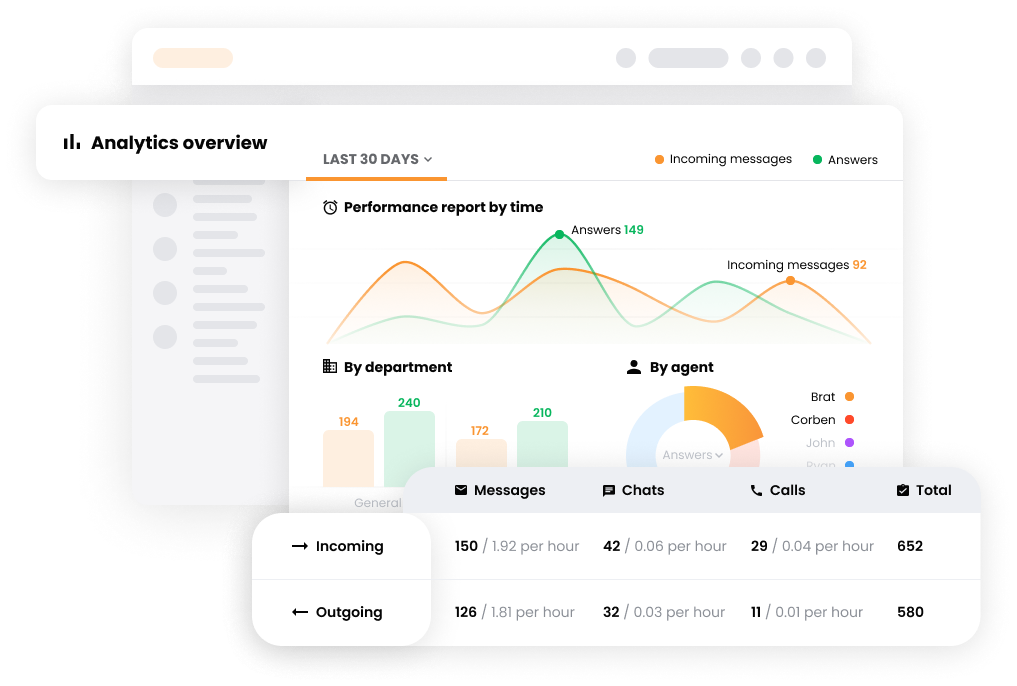
Real-time analytics can also predict service demand, allowing companies to allocate resources efficiently. Moreover, identifying at-risk customers through their behavior patterns helps businesses reduce customer churn. Analytics can suggest specific actions to retain these customers, such as tailored offers or personalized follow-ups.
Importance of customer service analytics
This approach enables organizations to collect, analyze, and interpret data, drastically improving service quality and customer satisfaction. Continuously monitoring metrics like Customer Satisfaction Score (CSAT) helps businesses understand service quality and build customer loyalty.
Analytics reveals trends and offers actionable insights that enable companies to proactively address customer pain points. For example, if data shows a common issue with response times, businesses can adjust staffing or procedures. This not only enhances operational efficiency but also improves the customer experience.
Another critical aspect is product development. By aligning products and services with customer feedback and expectations, businesses can foster customer loyalty and retention. Data analysis informs better decision-making, ensuring that company strategies meet customer needs.
In today’s digital age, having an effective tool like LiveAgent can immensely aid in the process. It provides a platform for managing customer interactions across various channels efficiently.
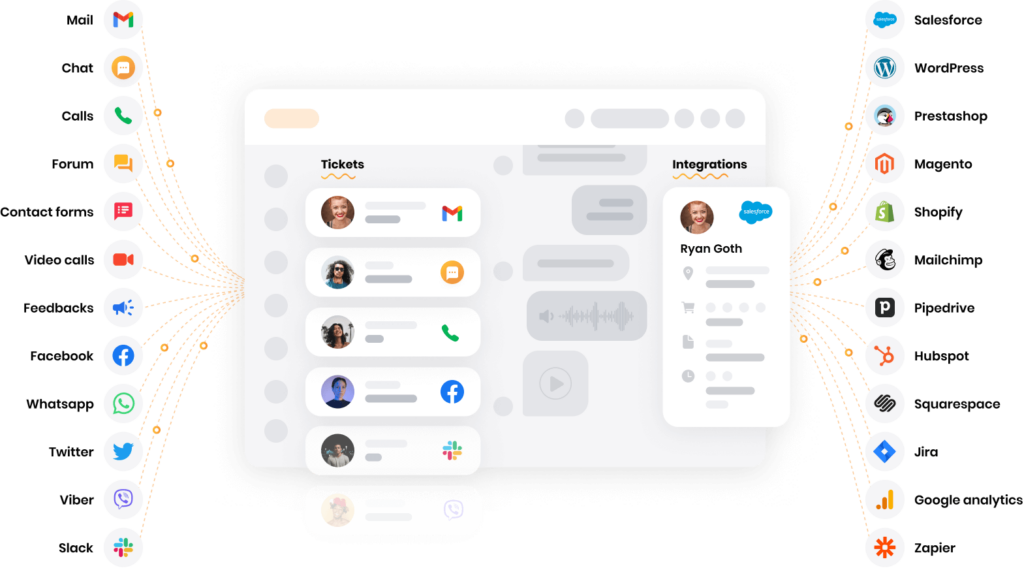
Customer service analytics is essential for any business looking to improve their support operations and strengthen customer relationships. Through informed decisions based on detailed analyses, companies can enhance their customer service experience and ultimately, their bottom line.
Types of customer service analytics
Customer service analytics involves examining customer interactions to improve service delivery. There are four main types: descriptive, diagnostic, predictive, and prescriptive analytics. Each type serves a unique role in enhancing customer experience and meeting customer expectations.
Descriptive analytics
Descriptive analytics examines historical data to understand past customer interactions. It highlights patterns and trends over time. For example, a financial services company may use descriptive analytics to track support ticket volumes. This insight helps in recognizing common issues and aligns resources for efficiency.
Key Uses:
- Track ticket volumes
- Identify common customer issues
- Guide resource allocation
Descriptive analytics provides valuable insights to make informed decisions based on historical data. It allows companies to plan future strategies and improve areas where necessary.
Diagnostic Analytics
Diagnostic analytics goes deeper to explore why certain customer service outcomes occurred. It is used for root cause analysis, such as understanding customer dissatisfaction after a product launch.
Applications:
- Examine customer data for causal factors
- Investigate spikes in complaints
- Understand trends after major events
By uncovering the reasons behind specific outcomes, businesses can take corrective actions to enhance customer satisfaction and overall experience.
Predictive Analytics
Predictive analytics uses AI and algorithms to predict future customer interactions. It helps businesses anticipate issues and engage customers effectively, preventing churn.
Benefits:
- Identify at-risk customers
- Forecast customer behavior
- Enhance customer retention
By implementing predictive analytics, companies can tailor strategies to improve customer loyalty. This approach allows for proactive measures, ensuring better future interactions.
Prescriptive Analytics
Prescriptive analytics takes it a step further by offering actionable recommendations. It evaluates different scenarios to suggest the best action plans, optimizing service delivery.
Advantages:
- Provide actionable insights
- Improve operational strategies
- Enhance customer satisfaction
Utilizing prescriptive analytics enables companies to improve decision-making and resource management. This leads to improved customer interactions and efficient service outcomes.
How LiveAgent integrates with customer support analytics
Tools like LiveAgent offer integrated solutions for customer service analytics. LiveAgent helps track key performance indicators, including average response time and Customer Satisfaction Score. By aligning these metrics with analytics, businesses can achieve a comprehensive understanding of their customer interactions, making LiveAgent an essential tool for optimizing customer service operations.
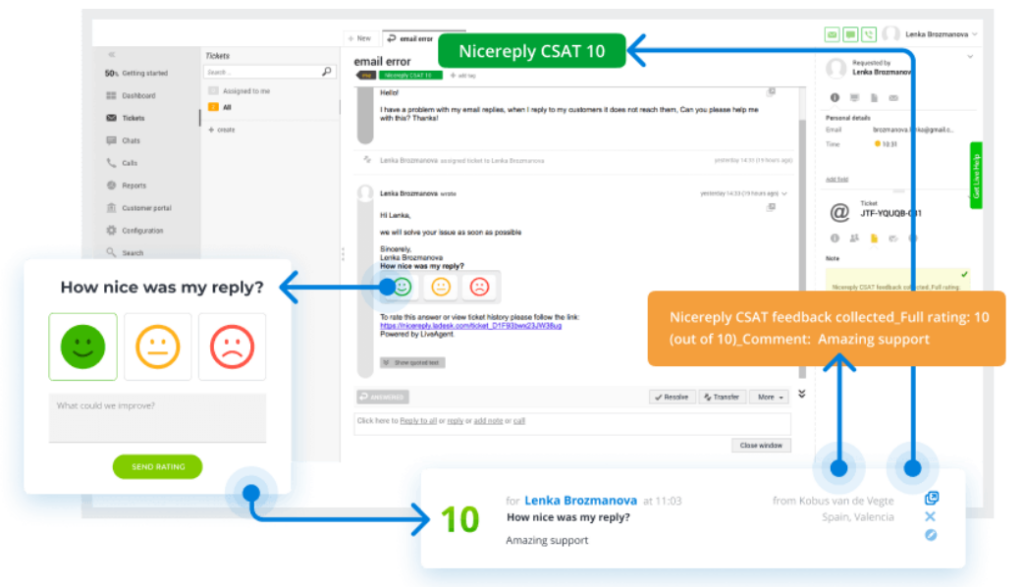
Unlock Powerful Analytics
Gain valuable insights into your customer service performance with LiveAgent’s advanced analytics. Optimize every interaction!
Key metrics in customer service analytics
It focuses on tracking key performance indicators (KPIs) to enhance the overall customer experience. These KPIs are measurable metrics that can reveal a lot about how customers perceive your business.
Businesses use customer service analytics to understand customer behavior and sentiments. For example, natural language processing (NLP) is often used in analytics to perform sentiment analysis on customer feedback. This technology helps gauge overall customer satisfaction. By identifying customer sentiment, companies can pinpoint areas in need of improvement.
One of the main advantages of customer service analytics is the ability to uncover valuable insights from customer interactions. These insights can help businesses optimize service delivery by identifying pain points and areas for enhancing agent effectiveness. Moreover, analytics can evaluate support staff progress by identifying patterns in performance. This assists in providing targeted training opportunities.
Customer Satisfaction Score (CSAT)
The Customer Satisfaction Score (CSAT) is a key metric used by 80% of businesses to measure and enhance the customer experience. It does this through direct feedback on service quality. CSAT surveys typically employ a five-point scale, asking customers to rate their satisfaction from “very unsatisfied” to “very satisfied.”
Analyzing CSAT scores regularly is essential for businesses. It helps them identify areas for improving customer service and fosters stronger customer loyalty. CSAT serves as a short-term measure by examining specific interactions or overall experiences. This differs from other metrics like the Net Promoter Score (NPS), which evaluates long-term satisfaction trends.
Net Promoter Score (NPS)
The Net Promoter Score (NPS) is another critical metric that gauges customer loyalty. It does so by asking customers how likely they are to recommend a company’s products or services on a scale from 0 to 10. Customers fall into three categories based on their ratings: Promoters (9-10), Passives (7-8), and Detractors (0-6). The NPS is then calculated as the percentage of Promoters minus the percentage of Detractors.
A healthy NPS is often linked with lower customer churn and can indicate effective customer service practices. By tracking NPS, companies can assess overall customer satisfaction and identify brand advocates. This provides further opportunities to elevate client satisfaction. NPS also allows businesses to gather valuable feedback and understand loyalty by posing follow-up questions related to customer satisfaction.
Customer Lifetime Value (CLV)
Customer Lifetime Value (CLV) measures the total revenue or profit a business generates from a single customer over their relationship with the brand. A high CLV signals stable, long-term revenue growth and customer satisfaction. This indicates that customers are repeatedly purchasing and engaging positively with the brand.
When a dipping CLV is observed, it suggests potential dissatisfaction among customers. This might require remedies such as targeted offers and loyalty incentives to improve retention. CLV is essential for strategic decision-making, enabling businesses to focus on acquiring and keeping valuable customers. By analyzing CLV alongside other engagement metrics, companies can better understand customer behavior and tailor strategies to maximize profitability.
Customer service analytics is crucial for any business that aims to meet and exceed customer expectations. By utilizing tools and metrics such as CSAT, NPS, and CLV, businesses can gain actionable insights into the customer service experience. These insights can enhance their service delivery and ultimately focus on long-term success.
Practical applications of customer service analytics
By collecting, analyzing, and interpreting data from customer interactions, companies can gain valuable insights into customer behavior and preferences. Utilization of AI and machine learning allows quick identification of patterns, helping businesses predict future customer needs.
This data aggregation from various contact channels reveals what drives customer interactions, offering a roadmap to improve the overall customer experience. Analyzing support interactions not only helps uncover insights into customer expectations but also fosters higher customer retention and loyalty. Use this data optimally to guide the development of self-serve support tools, encouraging customer empowerment and satisfaction.
Identifying customer pain points
Customer service analytics helps businesses pinpoint customer pain points by delving into feedback and complaints. This leads to enhanced satisfaction as companies tailor their approach to meet actual customer needs.
For example, high bounce rates on self-service portals might signal unresolved issues, indicating the necessity for content improvement. By identifying these pain points, businesses can position their products or services as solutions to common problems.
Moreover, anticipating customer concerns prevents issues from escalating, thereby bolstering customer retention. Understanding these pain points allows companies to adapt responses and service offerings to align with customer expectations, enhancing the overall experience.
Optimizing agent performance
Through customer service analytics, businesses can evaluate agent performance effectively. Analyzing support staff progress enables managers to spot patterns and allocate resources more efficiently, ultimately boosting customer service. AI-powered tools enhance quality assurance by grading all phone calls, allowing for targeted coaching efforts.
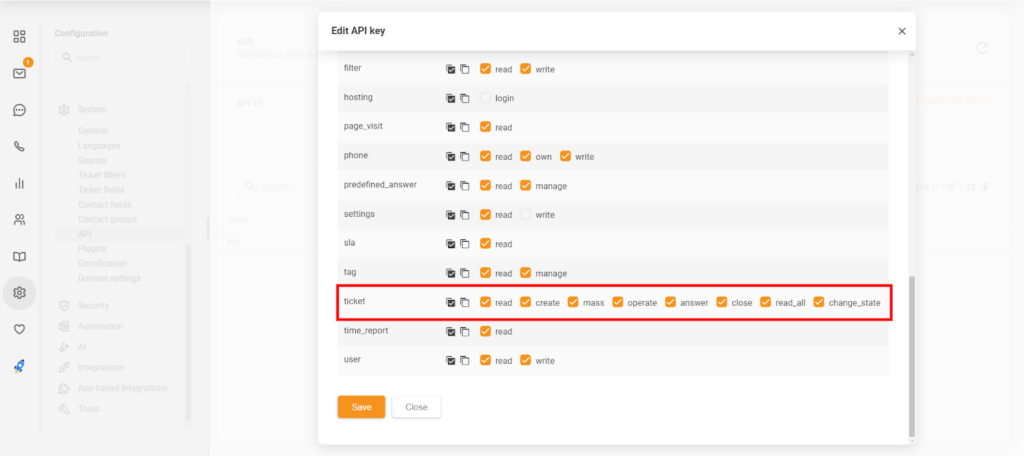
By examining agent interactions, businesses can isolate areas needing improvement, ensuring high service consistency across the team. Implementing text analytics further refines agent performance by identifying recurring customer issues, allowing agents to tailor their communication. Continuous assessment through analytics also saves management time, enabling focused, personalized development for each agent.
Driving decision-making
Customer service analytics significantly empowers teams to make informed, data-backed decisions aligned with customer needs and business objectives. These insights allow organizations to tailor products and strategies, enhancing customer satisfaction.
Comprehensive data analysis provides insights necessary for well-aligned decision-making. Moreover, continuous KPI monitoring helps evaluate strategy effectiveness and make adjustments as needed. Identifying customer pain points through analytics means businesses can proactively resolve challenges, leading to improved customer service outcomes.
Customer service analytics allows companies to extract actionable insights, guiding them to better serve their customers. Tools such as LiveAgent can be instrumental in aggregating and analyzing customer data across various contact points, ensuring a seamless support system for customers and facilitating continuous improvement in services.
Role of AI in customer service analytics
Artificial Intelligence (AI) is revolutionizing customer service analytics. By processing large volumes of customer data, AI improves support quality and boosts customer satisfaction. AI-driven sentiment analysis tools help companies understand customer emotions, enhancing brand perception and customer loyalty.
Predictive analytics, another powerful AI capability, forecasts customer behavior. This foresight allows businesses to provide proactive service and tailored interactions, refining the customer experience.
Moreover, AI technologies like Natural Language Processing (NLP) and machine learning can dissect customer service tickets to spot trending issues. NLP examines the nuances of customer communications, identifying popular topics and common issues.
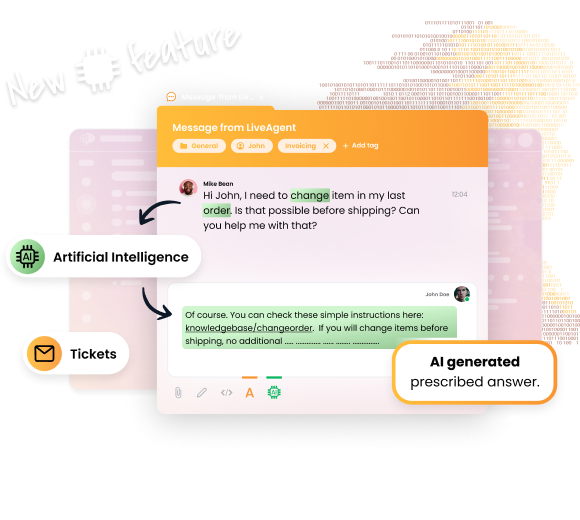
This analysis reveals patterns and helps customer service teams address recurring customer expectations more efficiently. AI platforms also track key performance indicators (KPIs) such as response times, resolution rates, and Customer Satisfaction Scores. These insights foster continuous improvement in service processes and enhance the overall customer journey.
Enhancing operational efficiency
Customer service analytics provides actionable insights that enable businesses to operate more efficiently. By evaluating customer service data, companies can grasp customer behavior and improve interactions. This optimization leads to better resource use and significant cost savings. As part of an effective feedback loop, continuous data analysis measures service initiatives’ impact. This ongoing evaluation helps pinpoint areas for enhancement, promoting a culture of constant improvement.
Key performance indicators like average handle time and first contact resolution rates are crucial for assessing and refining service delivery. Monitoring these KPIs allows for a targeted approach to boosting performance and aligning with customer expectations. Furthermore, by recognizing patterns in customer behavior, companies can proactively tackle emerging issues. This proactive stance ensures processes are optimized to meet customer needs effectively.
Reducing costs
Optimizing customer service processes can significantly reduce costs. By cutting down the average ticket handle time, companies can manage resources more effectively, avoiding potential overstaffing or understaffing scenarios. According to a McKinsey report, companies that focus on analyzing customer interactions can achieve a 15-20% reduction in support costs. These savings are realized through the identification and rectification of inefficiencies.
Moreover, customer service analytics illustrates customer opinions and purchasing patterns. This information leads to more strategic marketing efforts, directly impacting revenue. Continuous analysis supports cost reduction by identifying areas for improvement within service processes, ensuring efficiency and customer satisfaction.
Incorporating tools like LiveAgent can further enhance these efforts. LiveAgent helps track KPIs and analyze customer data, offering valuable insights for operational efficiency. With features designed to improve response times and customer interaction quality, LiveAgent is a useful asset in leveraging customer service analytics to its full potential.
Creating a data-driven customer service strategy
Customer service analytics involves collecting, analyzing, and interpreting data from customer interactions. This process helps enhance service quality and elevate customer satisfaction. Integrating big data, AI, and machine learning allows companies to analyze large amounts of data swiftly.
By identifying patterns and predicting future needs, businesses can improve customer experiences, increase retention rates, and drive success through informed decision-making.
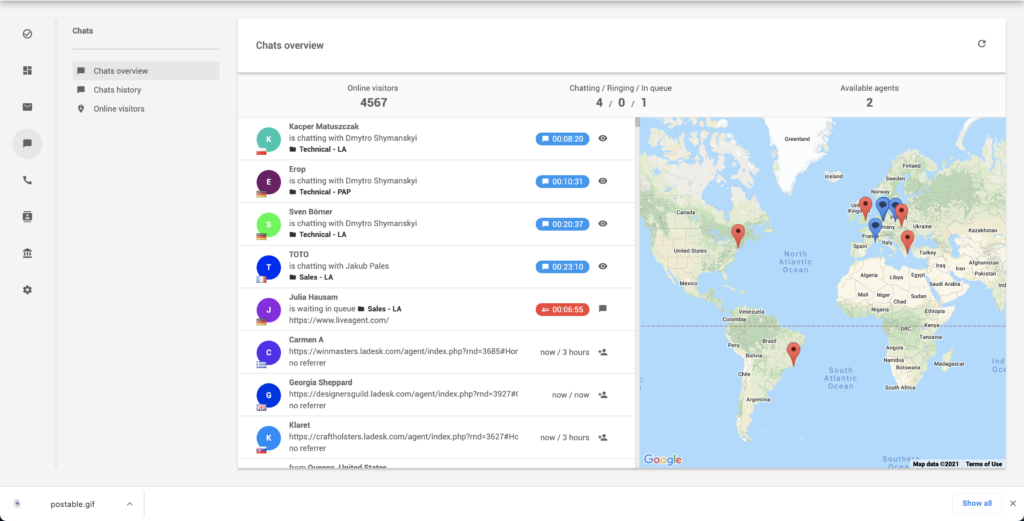
Monitoring key performance indicators (KPIs) is vital. It helps businesses compare agent performance against service level agreements (SLAs) and identify training needs. Continuously analyzing customer service metrics tracks progress and uncovers improvement opportunities. These insights help adapt strategies to better meet customer expectations.
Collecting relevant data
Collecting customer data from various sources paints a comprehensive picture of customer interactions. Gathering both internal data, like emails and chat transcripts, and external data, such as feedback from social media platforms, leads to accurate insights.
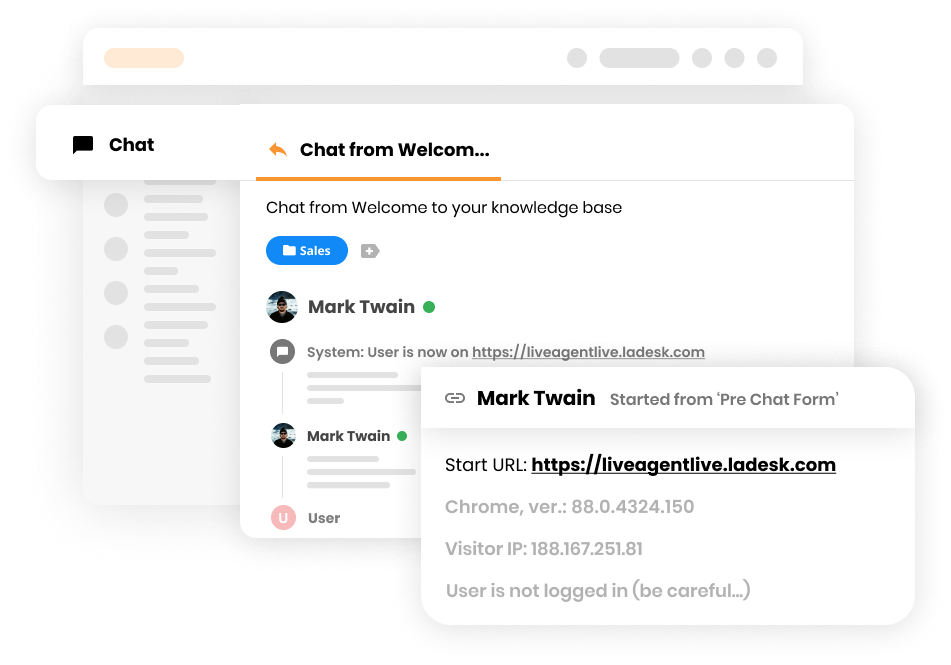
Efficient data collection involves message histories, transaction logs, and survey responses. This creates a robust foundation for customer service analytics. Regularly collecting and analyzing customer feedback data enables businesses to spot pain points. Addressing these boosts the service experience and improves customer satisfaction.
Analyzing trends and patterns
Analyzing customer service data reveals patterns and trends in interactions. This enhances operational efficiency and service quality. Evaluating customer feedback through diverse channels is essential. It uncovers insights related to needs and pain points, informing necessary service improvements.
Tracking metrics, like Customer Satisfaction Score (CSAT) and first-contact resolution, highlights areas needing attention. These metrics influence customer experience and satisfaction. Continuous analysis of the customer journey allows businesses to address recurring support issues, cultivating loyalty. Using data analytics enables data-driven decisions by identifying past patterns and predicting future trends.
Implementing changes based on insights
Insights from customer service analytics should lead to actionable service improvements. For example, complaints about slow response times necessitate strategic changes. Text analytics provide actionable insights that inform decisions and practical steps. Regularly analyzing data helps identify common issues, leading to updated knowledge bases and efficient support.
Examining customer feedback through analytics allows businesses to recognize recurring problems. Addressing these issues improves customer satisfaction. Customer analytics guide strategies to better suit customer needs, enhancing the service experience. A tool like LiveAgent can be incredibly beneficial in this process. It offers features that allow businesses to manage interactions effectively and analyze insights for service enhancement.
A data-driven approach transforms customer service. By collecting diverse data, analyzing trends, and implementing insightful changes, businesses can create stellar customer experiences. This not only boosts customer loyalty but also propels overall business success.
Challenges in customer service analytics
Businesses face numerous challenges when it comes to effectively analyzing customer data. These challenges include ensuring data quality, dealing with informal language in feedback, and synthesizing data from various sources. Additionally, integrating analytics tools with existing systems can be complex, and businesses must handle data privacy issues carefully. Let’s explore these challenges further.
Data privacy and security
Data privacy and security are significant concerns in customer service analytics. Regulations often prohibit the disclosure of personally identifiable information (PII) without consent. This makes it crucial for companies to employ techniques such as PII redaction. By removing sensitive information before analysis, businesses can comply with privacy laws while maintaining customer trust.
Implementing data analysis while safeguarding privacy is not just a legal requirement but also vital for customer confidentiality. Ensuring privacy adherence during data indexing and analysis helps prevent legal issues and fosters a trustworthy relationship with customers.
Integrating multiple data sources
Integrating data from various channels like phone, email, chat, and social media is critical to understanding the complete customer journey. However, managing siloed data poses a challenge. By bringing together multiple data sources, businesses gain a unified view of customer interactions.
This integration helps identify trends and issues that might be overlooked if data is analyzed in isolation. Continual integration allows for better monitoring of key metrics and enables adaptation in dynamic environments. Overcoming integration issues provides valuable insights into customer touchpoints, leading to informed decisions for improved service delivery.
Training staff on analytics tools
Training enhances their ability to monitor and analyze the customer journey, providing insights into customer behavior and pain points. This understanding leads to optimized resource utilization and improved agent effectiveness. Regular training also aids management in assessing staff performance, identifying patterns that reveal training needs. Educating agents on predictive analytics empowers them to make better real-time decisions. Continuous training ensures support staff can adapt strategies based on evolving feedback and key performance metrics.
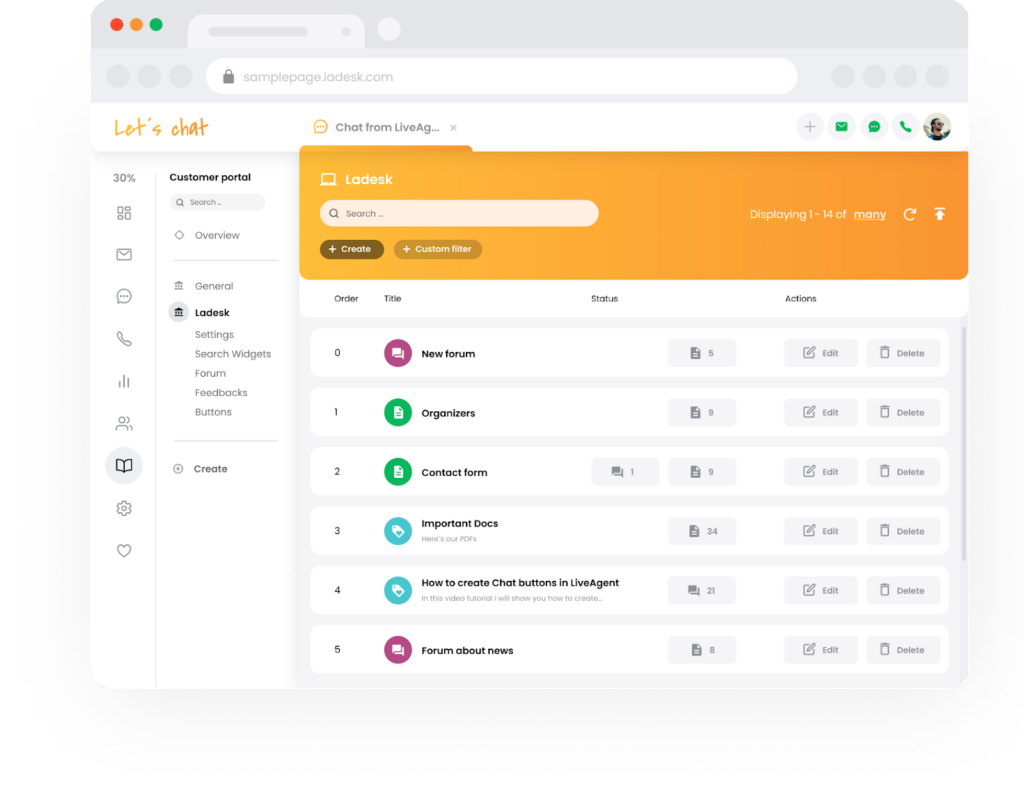
Incorporating tools like LiveAgent can provide customer service teams with actionable insights and foster customer loyalty by improving average response times and customer satisfaction. While challenges exist, addressing them with the right strategies and tools can lead to enhanced customer experiences and business success.
Future trends in customer service analytics
Customer service analytics is evolving rapidly, thanks to advancements in technology. One trend shaping the future is the integration of big data, AI, and machine learning. These tools allow businesses to analyze vast amounts of data quickly. This helps identify patterns that predict future needs.
Predictive analytics is a standout feature in this field. It uses historical data to forecast potential customer issues. This enables companies to prevent problems before they occur. Imagine knowing a customer’s concern before they contact support! By taking proactive measures, businesses can prevent support failures and improve customer service.
Another trend is the use of diagnostic analytics. This type focuses on finding the root cause of problems. For example, after a product release, companies can track how customers react. This helps understand trends and behaviors linked to significant events. With these insights, businesses can make more informed decisions about product development and customer service strategies.
Moreover, customer service analytics provides valuable insights into customer behavior. This can lead to better resource use and enhanced service delivery. Over time, this optimization results in considerable cost savings.
Increased personalization
Today’s customers expect personalized experiences. By collecting comprehensive customer data, businesses can tailor the customer journey. Effective segmentation spotlights features most relevant to specific user groups. This personalized approach boosts customer satisfaction and loyalty.
Customer analytics can also identify pain points. Understanding these helps businesses adjust messaging and strategies to align with customer needs. For instance, in-app messaging can be refined using these insights for better outcomes.
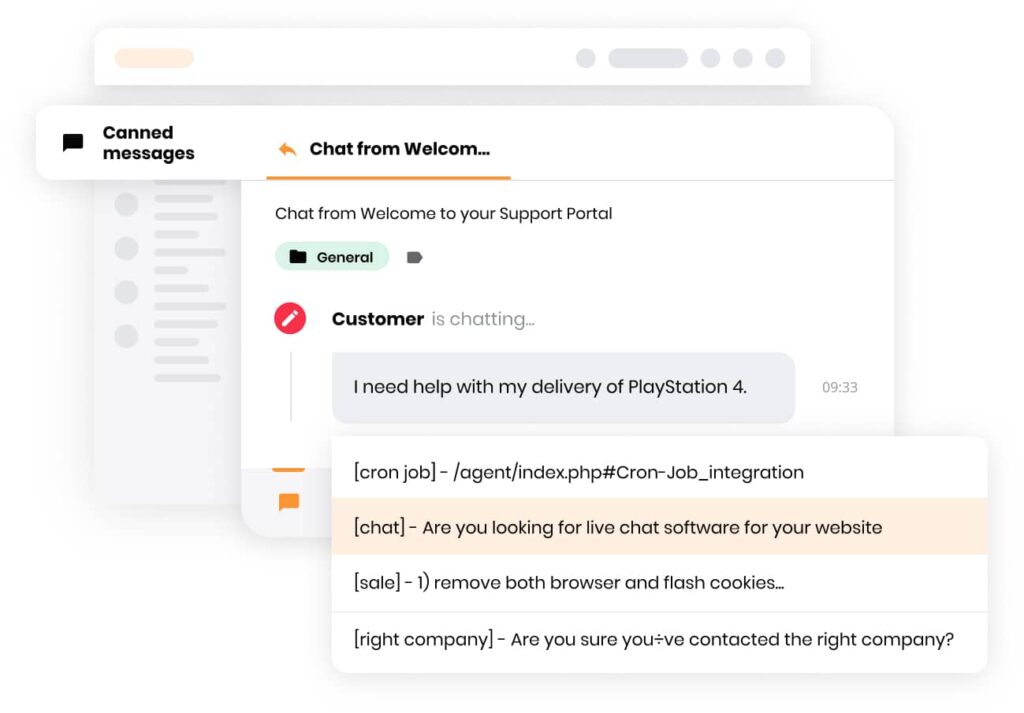
Personalization is no longer optional. Targeted messaging can achieve 16% more impactful results than generic efforts. Sentiment analysis plays a vital role here, providing context from past interactions. This allows support agents to craft their communications to enhance the customer’s experience.
Real-time analytics
Real-time analytics is transforming how companies interact with customers. It allows businesses to identify customers nearing purchase decisions. With this information, timely assistance can be provided to boost conversion rates.
This real-time insight also helps in managing customer relationships effectively. Businesses can adapt strategies based on instant feedback and engagement metrics. This ability to respond quickly can significantly improve retention rates and customer advocacy.
Moreover, real-time analytics offers a continuous watch over key performance indicators (KPIs). This allows businesses to track progress and discover new optimization opportunities. Real-time data means automation of responses and customization of interactions, tailoring the experience to individual customer preferences.
Such analytical capabilities have become integral in delivering a superior customer service experience. By aligning these insights with business goals, companies can navigate the evolving expectations of their customers more effectively.
Unlock Powerful Analytics
Gain valuable insights into your customer service performance with LiveAgent’s advanced analytics. Optimize every interaction!
Conclusion
Understanding customer satisfaction is essential for any business striving for growth and excellence. By effectively measuring metrics such as the Customer Effort Score (CES), Customer Satisfaction Score (CSAT), and Net Promoter Score (NPS), you can gain valuable insights into your customers’ experiences and expectations. Collecting this data through various channels—whether through surveys, in-app feedback forms, or social media monitoring—will enable you to make informed decisions that enhance your service operations.
Implementing customer service analytics can help you sift through vast amounts of data to uncover actionable insights, allowing you to predict future customer behaviors and tailor your offerings accordingly.
As you embark on this journey, consider utilizing tools like LiveAgent, which not only streamline customer interactions but also provide a 30-day free trial to get you started. Dive into the world of customer satisfaction analytics today and transform how you engage with your customers, ensuring their voices are heard and their needs are met.
Share this article
Understanding customer retention: Definition, importance, and strategies
Master customer retention with 13 proven strategies, key metrics, and real examples. Boost loyalty, profits, and brand reputation today!
LiveAgent monthly updates: March edition
Discover LiveAgent's March updates: AI Chatbot launch, ticket filter improvements, bug fixes & more! Enhance your customer support today!"

 Български
Български  Čeština
Čeština  Dansk
Dansk  Deutsch
Deutsch  Eesti
Eesti  Español
Español  Français
Français  Ελληνικα
Ελληνικα  Hrvatski
Hrvatski  Italiano
Italiano  Latviešu
Latviešu  Lietuviškai
Lietuviškai  Magyar
Magyar  Nederlands
Nederlands  Norsk bokmål
Norsk bokmål  Polski
Polski  Română
Română  Русский
Русский  Slovenčina
Slovenčina  Slovenščina
Slovenščina  简体中文
简体中文  Tagalog
Tagalog  Tiếng Việt
Tiếng Việt  العربية
العربية  Português
Português 


